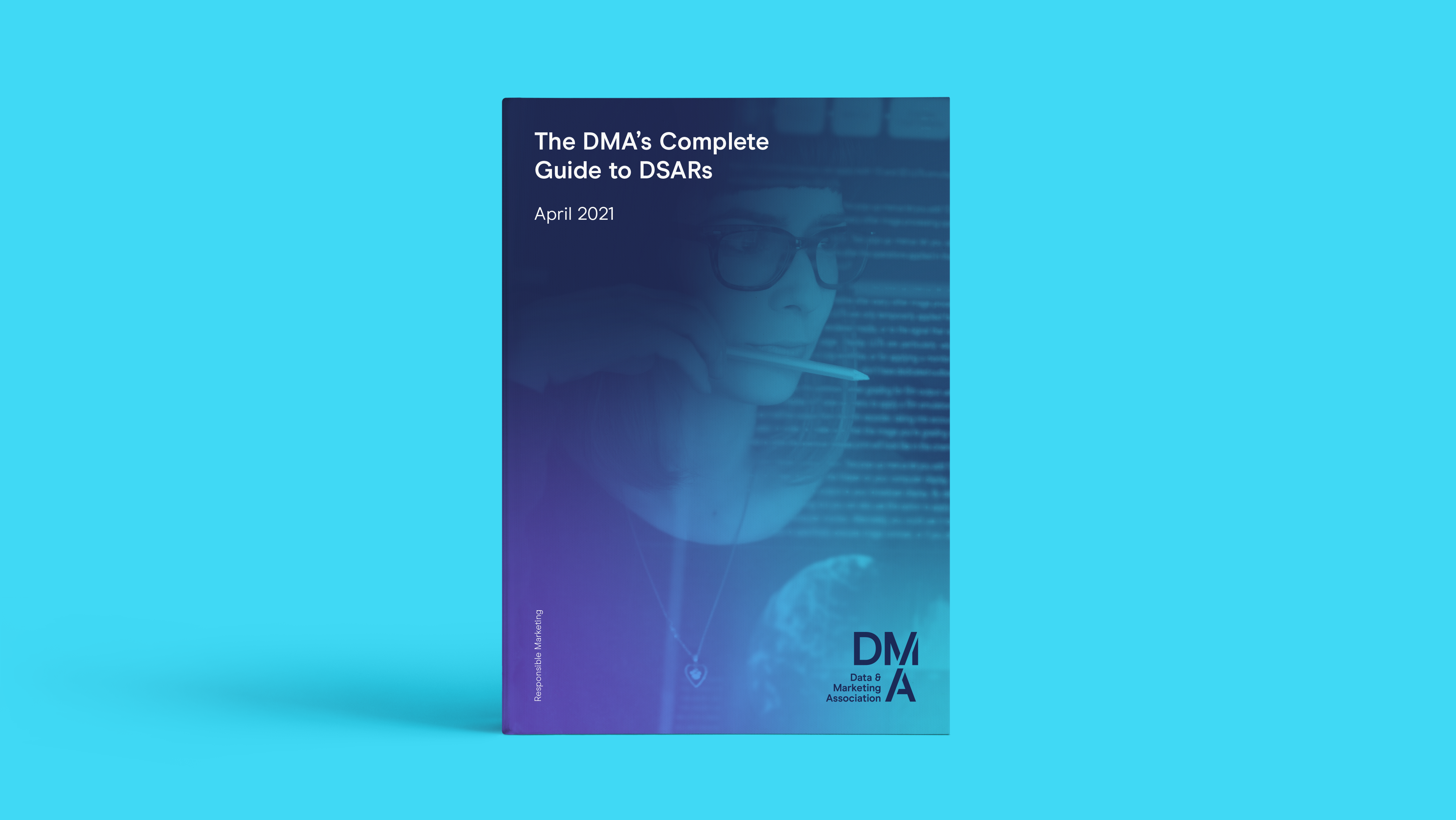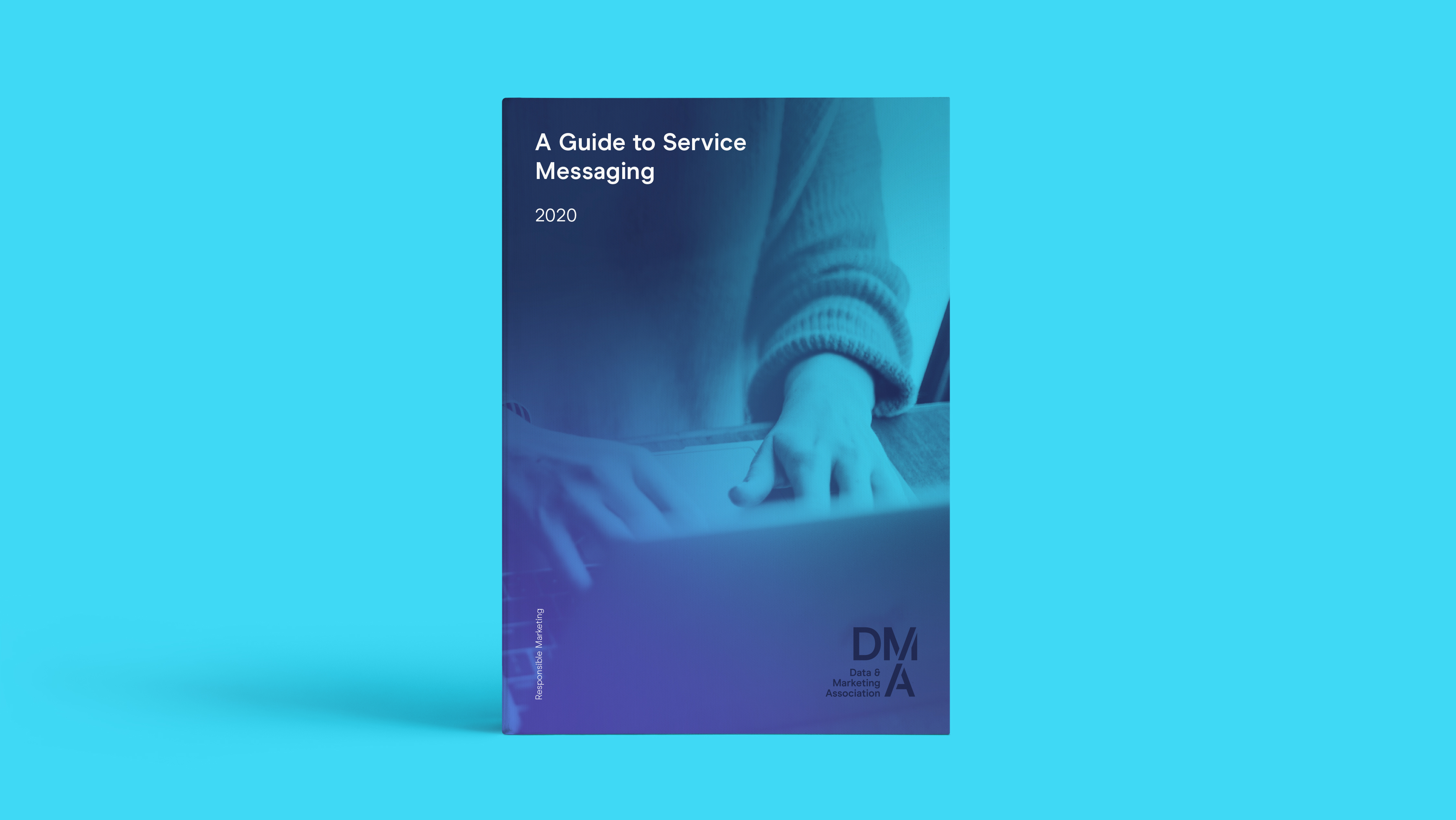Cookies, Change and Constant Disruption
23 Jan 2020
.png)
Listening to a commercial station in the car recently, a sales message came on extolling the benefits of radio advertising. The hook was to mock websites, by having a squeaky voice interrupt “accept cookies” every 5 seconds – the pause and relief when this stopped was blissful.
Consent on the web has been broken for some time, in plain sight. Members of the public are hustled past ever-larger banners, with no visibility or understanding of how much tracking actually goes on, and where their data ends up.
Meanwhile, advertisers’ budgets are wasted on a grand scale to ad fraud, the proceeds of which are the second largest source of funding for organised crime (after drugs).
How did we get here? Initially we blamed adtech, then ourselves for clicking the popups away. Now, it appears ‘dark patterns’ are at use in their design to make it harder for us to refuse or remove consent for cookie tracking. It’s likely both brands and regulators will throw the current crop of cookie banner providers under the bus; such intermediaries have proven ineffective guardians of data integrity in this case.
While the ICO’s draft guidance on direct marketing seems to target a wide range of ‘agency’ activities, such as outlawing the use of Facebook custom audiences without consent, Google’s intention to banish third party cookies from its chrome browser probably has a much bigger impact than any regulatory threat.
Google is essentially calling time on the humble cookie which, along with the banner ad, has been at the core of the adtech model since 1994. Google still has a monopoly on search, plus the market leading browser and a raft of smartworking tools which we all use for free (and pay with our data).
Google and others can then start to define and dominate the new forms of tracking that will emerge at the device level and from advances in open identity and possibly blockchain technology. As de facto industry leader, they use the 2 year ‘breathing space’ period between announcement and enforcement we’ve grown used to from regulators.
It’s likely that current tech stacks will continue to dominate because they have a vertical command of trust (google, MS, Apple) while those with broad reach (publishers, Facebook) get increasingly squeezed.
AdTech seems to be staging a convincing fightback, with some agency players and intermediaries who don’t own key legacy platforms reinventing themselves as ethical engagement wranglers. It’s a good look, and as marketers they have it within their DNA to make the necessary pivot from poacher to (sort of) gamekeeper.
What has started to be known as the Privacy Stack – browser (Brave), search (Duck Duck Go), and personal data stores (Solid, DataSwift) – with funding but as yet tiny market share could gain the scale they need with an ‘ethical adtech’ hookup (and maybe a little regulatory encouragement).
Interesting times – cookies are back, probably for the last time, but what will be next? Change.
- Gilbert Hill, Chair of the Responsible Marketing Committee, and member of the Privacy Working Group.




Please login to comment.
Comments